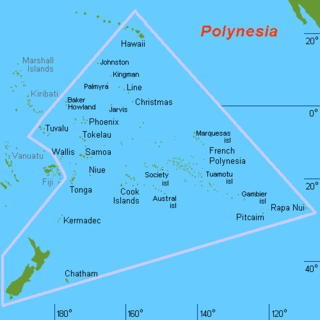 W
WDog meat is the flesh and other edible parts derived from dogs. Historically, human consumption of dog meat has been recorded in many parts of the world. In the 21st century, dog meat is consumed in China, South Korea, Vietnam, Nigeria, and Switzerland, and it is eaten or is legal to be eaten in other countries throughout the world. Some cultures view the consumption of dog meat as part of their traditional, ritualistic, or day-to-day cuisine, and other cultures consider consumption of dog meat a taboo, even where it had been consumed in the past. Opinions also vary drastically across different regions within different countries. It was estimated in 2014 that worldwide, 25 million dogs are eaten each year by humans.
 W
WBosintang (boshintang) or gaejangguk (개장국), called dangogiguk (단고기국) in North Korea, is a Korean soup that includes dog meat as its primary ingredient. The soup has been claimed to provide increased virility. The meat is boiled with vegetables such as green onions, perilla leaves, and dandelions, and spices such as Doenjang (된장), Gochujang (고추장), and perilla seed powder. It is seasoned with Agastache rugosa before eating. The dish, one of the most common Korean foods made from dog meat, has a long history in Korean culture.
 W
WThe consumption of dog meat in South Korea, where it is known as "Gaegogi", has a long history originating during the Three Kingdoms of Korea period of the first century AD. However, in recent years, it has become controversial both in South Korea and around the world, due to animal rights and sanitary concerns.
 W
WThe Hawaiian Poi Dog is an extinct breed of pariah dog from Hawaiʻi which was used by Native Hawaiians as a spiritual protector of children and as a source of food.
 W
WKurī is the Māori name for the extinct Polynesian dog. It was introduced to New Zealand by the Polynesian ancestors of the Māori during their migration from East Polynesia in the 13th century AD. According to Māori tradition, the demigod Māui transformed his brother-in-law Irawaru into the first dog.
 W
WThe Lychee and Dog Meat Festival is an annual festival held in Yulin, Guangxi, China, during the summer solstice in which festival goers eat dog meat and lychees. The festival began in 2009 and spans about ten days during which thousands of dogs are reportedly consumed. The festival has drawn criticism both domestically and abroad.
 W
WThe Marquesan Dog or Marquesas Islands Dog is an extinct breed of dog from the Marquesas Islands. Similar to other strains of Polynesian dogs, it was introduced to the Marquesas by the ancestors of the Polynesian people during their migrations. Serving as a tribal totems and religious symbols, they were sometimes consumed as meat although less frequently than in other parts of the Pacific because of their scarcity. These native dogs are thought to have become extinct before the arrival of Europeans, who did not record their presence on the islands. Petroglyphic representations of dogs and the archaeological remains of dog bones and burials are the only evidence that the breed ever existed. Modern dog population on the island are the descendants of foreign breeds later reintroduced in the 19th century as companions for European settlers.
 W
WThe Polynesian Dog refers to a few extinct varieties of domesticated dogs from the islands of Polynesia. These dogs were used for both companionship and food and were introduced alongside poultry and pigs to various islands. They became extinct as a result of the cross-breeding that occurred after other breeds of dogs were introduced. Modern studies done on the DNA of the Polynesian dogs indicate that they descended from the domesticated dogs of Southeast Asia and may have shared a remote ancestor with the dingo.
 W
WThe Tahitian Dog is an extinct breed of dog from Tahiti and the Society Islands. Similar to other strains of Polynesian dogs, it was introduced to the Society Islands and Tahiti by the ancestors of the Tahitian (Mā’ohi) people during their migrations to Polynesia. They were an essential part of traditional Tahitian society; their meat was included in Tahitian cuisine and other parts of the dog were used to make tools and ornamental clothing. Dogs were fed a vegetarian diet and served during feasts as a delicacy. European explorers were the first outsiders to observe and record their existence, and they were served to early explorers including Captain James Cook. The Tahitian Dog disappeared as a distinct breed after the introduction of foreign European dogs.
 W
WThe Xoloitzcuintle, or Xolo, also known as the Mexican hairless dog, is one of several breeds of hairless dog. It is found in Standard, Miniature, and Toy sizes. The Xolo also comes in a coated variety and coated and hairless can be born in the same litter. It is characterized by its lack of hair, wrinkles, and dental abnormalities. In Nahuatl, from which its name originates, its name is xōlōitzcuintli [ʃoːloːit͡sˈkʷint͡ɬi] (singular) and xōlōitzcuintin [ʃoːloːit͡sˈkʷintin] (plural). The name comes from the god Xolotl and itzcuīntli [it͡skʷiːnt͡ɬi], meaning dog in Nahuatl.